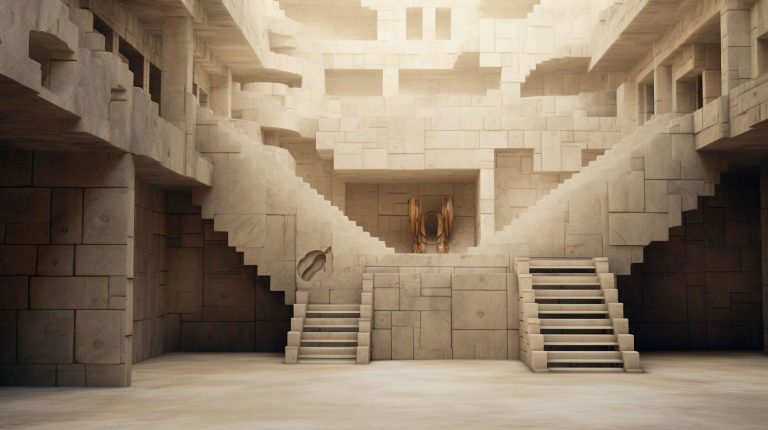With the advancement of technology and the increasing accessibility of equipment, astrophotography is no longer limited to experts with access to observatories. Enthusiasts armed with their cameras and telescopes now have the opportunity to capture breathtaking images right from their backyards.
Let’s dive into this mesmerizing world and reveal the universe through the lens of astrophotography.
The Fascinating Technique Behind Astrophotography
Astrophotography relies on a combination of long-exposure photography and specialized equipment to capture celestial images. By taking photos with prolonged exposure times, astrophotographers can gather more light, revealing details that are otherwise invisible to the naked eye.
Here are some key elements of astrophotography:
- Telescopes: The telescope serves as the primary tool for capturing astronomical objects. It collects and focuses light, allowing the camera to capture distant celestial bodies.
- Mounts: Equatorial mounts are crucial for tracking celestial objects accurately. These mounts rotate at the same speed as the Earth, compensating for its rotation and allowing for long-exposure photography without star trails.
- Cameras: DSLR and mirrorless cameras are commonly used for astrophotography due to their ability to capture high-resolution images and low noise at higher ISO settings.
- Filters: Astrophotography often involves the use of specialized filters to isolate specific wavelengths of light, enhancing details and reducing unwanted atmospheric effects.
Advantages and Key Takeaways of Astrophotography
Astrophotography is a rewarding pursuit that offers numerous advantages and unique experiences. Let’s explore some key advantages and takeaways:
- Connection with the Universe: By capturing the awe-inspiring beauty of the cosmos, astrophotography allows us to develop a deeper connection with the universe and gain a greater appreciation for its vastness.
- Capturing Rare Events: Astrophotographers have the opportunity to capture rare phenomena such as comets, eclipses, and meteor showers, preserving these fleeting moments for future generations.
- Scientific Contribution: Amateur astrophotographers often contribute valuable data to scientific research. By capturing images of celestial bodies, they can assist professional astronomers in studying the universe.
- Technical Skill Development: Mastering the art of astrophotography requires an understanding of complex equipment, camera settings, and post-processing techniques. This pursuit fosters the development of technical skills and patience.
- Inspire Others: Sharing astrophotography images can inspire and educate others, encouraging them to explore the wonders of the universe and develop an interest in science and astronomy.
The Impact of Astrophotography
Astrophotography has had a profound impact on both scientific research and popular culture. It has allowed scientists to study celestial objects in greater detail and unravel the mysteries of the universe. Furthermore, it has captivated the public’s imagination, evoking a sense of wonder and awe.
Here are some key ways in which astrophotography has made an impact:
- Scientific Discoveries: The high-resolution images captured through astrophotography have contributed to numerous scientific breakthroughs and discoveries, expanding our knowledge of the universe.
- Awareness and Education: The stunning astrophotography images shared online and in various media outlets have sparked curiosity and increased public interest in astronomy. This has led to greater awareness and education about our universe.
- Inspiration for Artists: The captivating beauty of astrophotography has inspired artists from different disciplines, including painters, writers, and filmmakers, who strive to depict the wonders of the cosmos in their own unique ways.
- Preserving Cultural Heritage: Astrophotography helps preserve cultural heritage by documenting celestial events, capturing the beauty of the night sky, and portraying mankind’s connection with the universe throughout history.
The Future of Astrophotography
The future of astrophotography holds tremendous potential for both scientific advancements and creative expression. As technology continues to evolve, the boundaries of what can be captured and explored through astrophotography will expand.
Here are some exciting possibilities:
- Advanced Imaging Techniques: Ongoing developments in sensor technology and computational photography will enable astrophotographers to capture even more stunning and detailed images.
- Collaboration between Amateurs and Professionals: With the increasing popularity of astrophotography, collaboration between amateurs and professionals will become more common, leading to further discoveries and scientific contributions.
- Virtual Reality Experiences: Advancements in virtual reality technology will allow people to immerse themselves in the wonders of the universe, experiencing astrophotography in an entirely new and interactive way.
- Space Exploration: As humans venture further into space, astrophotography will play a vital role in documenting and sharing the beauty and grandeur of extraterrestrial landscapes.
The Endless Beauty of Astrophotography
Astrophotography opens up a gateway to the cosmos, revealing the mesmerizing beauty that lies beyond our atmosphere. Through blending science and art, astrophotographers bring the universe closer to us, evoking a profound sense of wonder and inspiring us to explore the unknown.
So why not embark on this captivating journey yourself? Grab your camera, find a quiet spot under a dark sky, and reveal the universe through the lens of astrophotography.


















+ There are no comments
Add yours